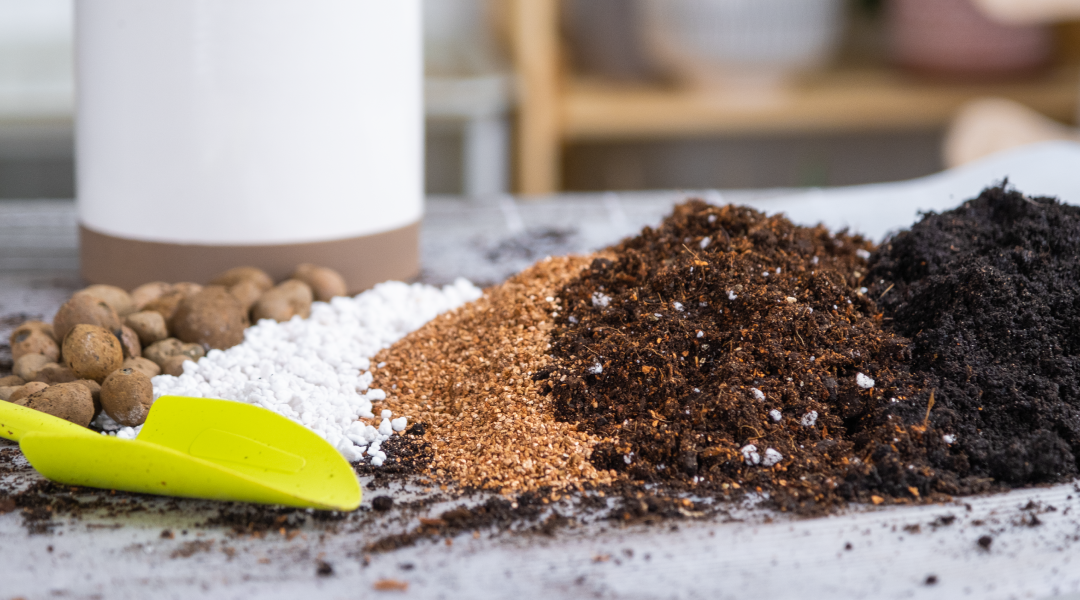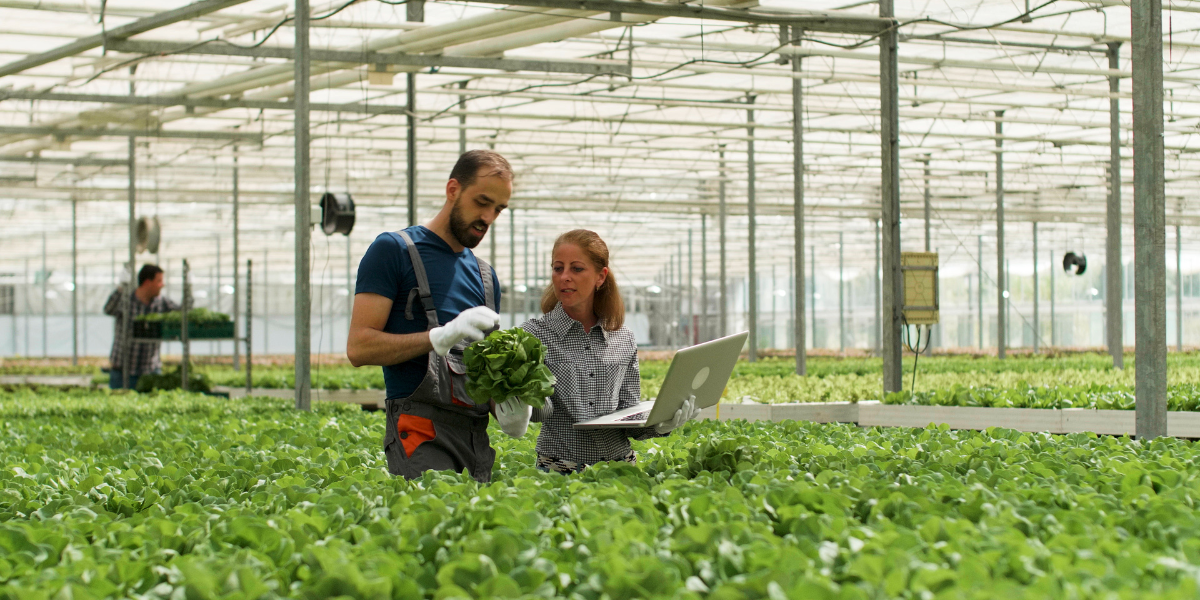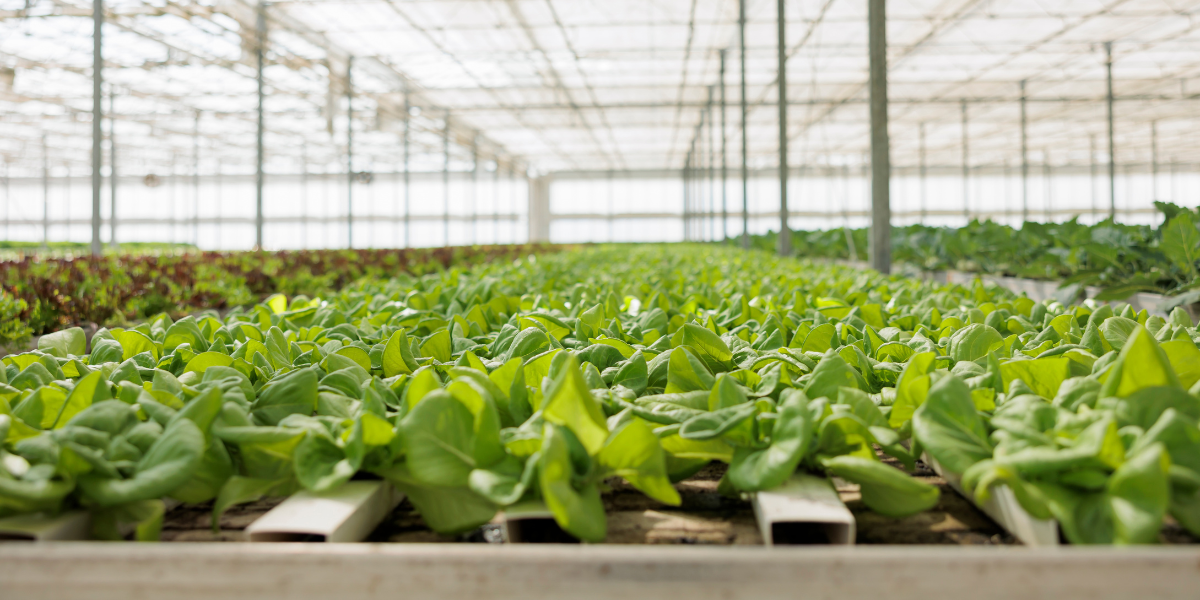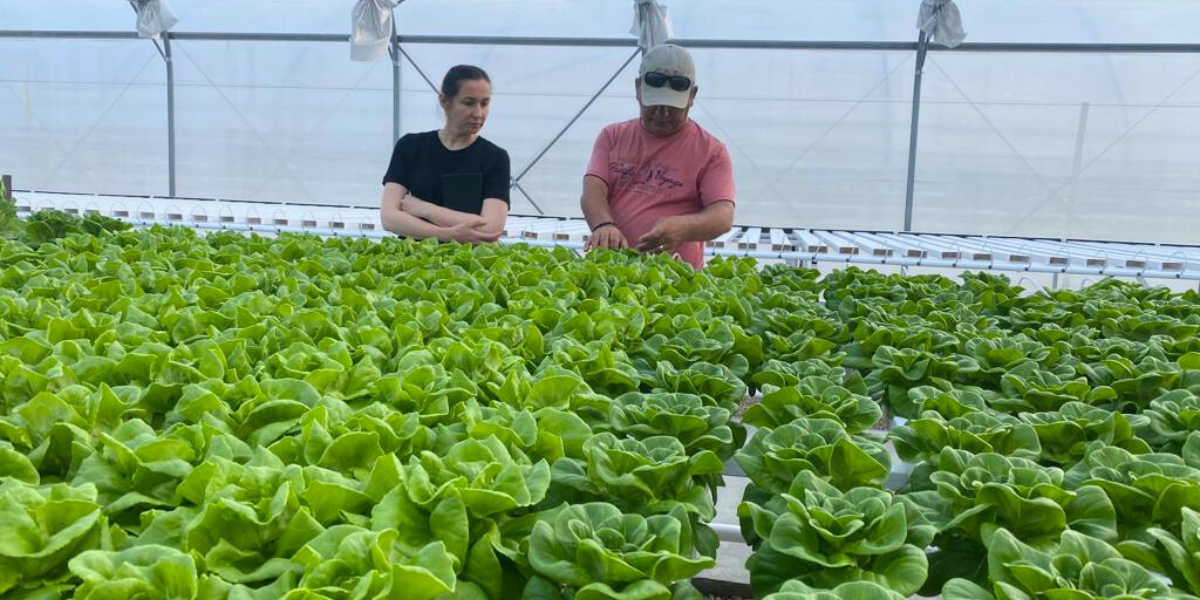In the fascinating world of hydroponic farming, plants flourish in the absence of soil. However, the choice of a growing medium plays a pivotal role in their success. Selecting the right medium for your hydroponic system can determine whether your plants thrive or stumble. But what’s the difference between perlite vs vermiculite? Rockwool vs peat moss? Or any other hydroponic growing medium for that matter?
Explore the distinct qualities of these options and more, learning how to optimize your plant’s growth for a rich and fruitful future.
Discover the Advantages of Hydroponic Farming for the Environment!
Perlite vs Vermiculite vs Rockwool, Oh My! Unraveling the Different Types of Hydroponic Growing Mediums
Perlite
Perlite is a lightweight, volcanic glass that boasts excellent water retention and aeration properties. It promotes efficient drainage and aeration, which helps prevent root rot and ensures sufficient oxygen availability. Additionally, perlite offers insulation against temperature fluctuations, making it an ideal choice for hydroponic systems that require these characteristics.
One limitation of perlite is its neutral pH, which means it might not capture and hold nutrients as efficiently as other growing mediums. Consequently, perlite may require more frequent nutrient replenishment. For this reason, perlite is a common choice for hydroponic setups that prioritize robust drainage.
Vermiculite
Vermiculite is a natural mineral that undergoes heat treatment, expanding into a lightweight, spongy material. Its high water retention capability reduces the need for frequent watering. Additionally, vermiculite offers insulation, which helps provide stability against temperature fluctuations.
However, it should be noted that vermiculite has limited aeration properties. If used as the sole growing medium, it may lead to suffocation of the plant roots. Another consideration is its high pH, which requires careful monitoring and adjustment. Due to its superior water-holding capabilities, vermiculite is particularly valued in hydroponics for seed germination and the initial stages of plant growth.
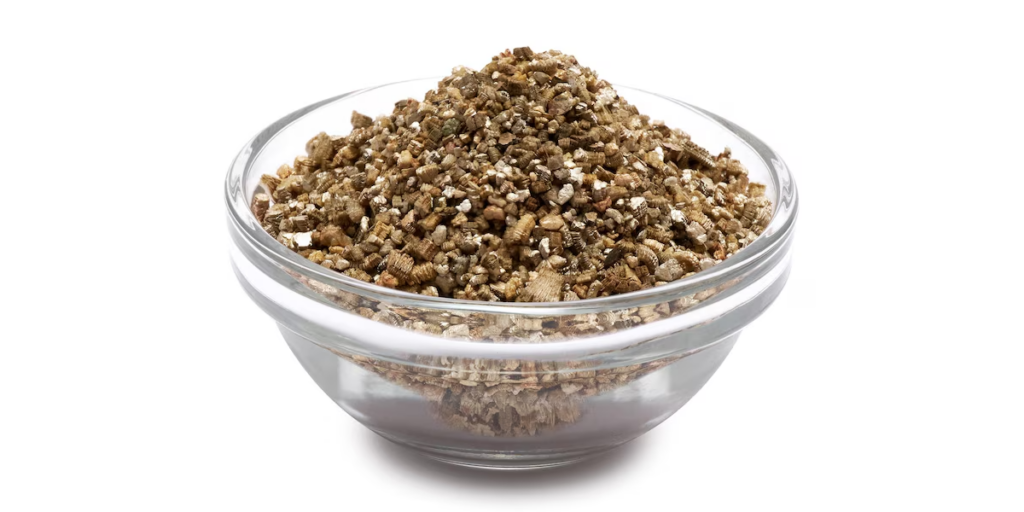
Vermiculite is best used for the early stages of germination thanks to its water retention.
Coco Coir
Derived from the fibrous husk of coconuts, coco coir is known for its favorable water retention and aeration qualities. It has a neutral pH, retains moisture well, and provides ample aeration for roots. Moreover, it is an environmentally friendly option as it is sourced from a sustainable and renewable resource.
Coco coir may contain excess salts and necessitates careful rinsing and buffering prior to use. Additionally, prolonged use can lead to its degradation, requiring eventual replacement. Despite these considerations, coco coir balanced properties effectively support root growth, making it a popular substrate in various hydroponic systems.
Rockwool
Created from molten volcanic rock spun into fibers, rockwool emerges as a porous and sterile growing medium. It has great water retention and aeration properties with 18%-25% of its volume being air, thus promoting healthy root growth. Furthermore, rockwool is sterile and resistant to diseases, further benefiting plant health.
It should be mentioned that rockwool has a high pH that demands meticulous monitoring and adjustment. Additionally, handling rockwool can cause irritation to the skin and respiratory system, so protective measures need to be taken. Its versatility and ability to support plants throughout their entire lifecycle make rockwool a popular choice in hydroponic systems, especially in commercial settings.
Peat Moss
Peat moss is an organic material gathered from partially decomposed plant matter found in wetland environments. Peat moss aids in maintaining consistent moisture levels. This growing medium also provides good aeration and nutrient retention for plants.
Its slightly acidic nature may require pH adjustment for optimal plant growth. Peat moss commonly finds applications in hydroponics as a component in potting mixes and substrates.
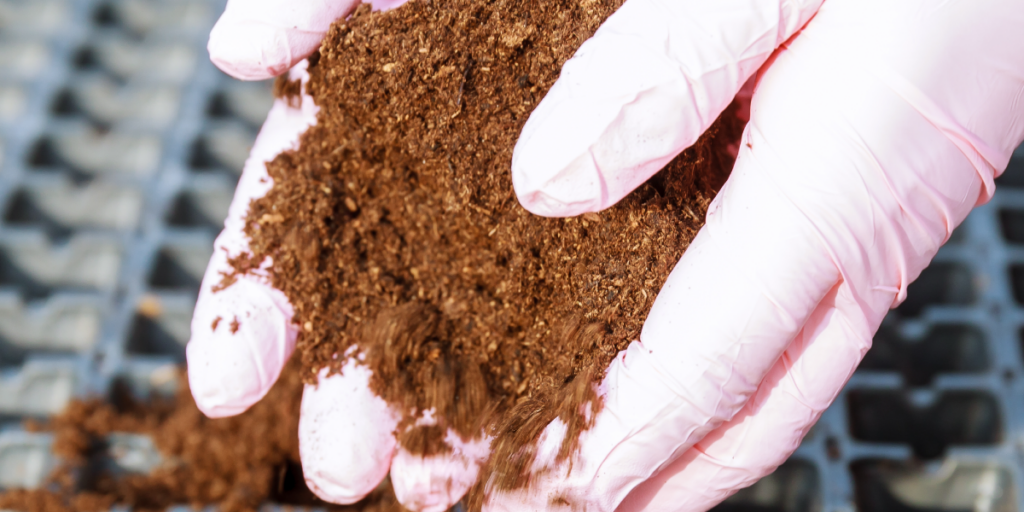
Peat moss is one of the most commonly used mediums for growing.
Oasis Cubes
Oasis cubes, crafted from a phenolic foam material, excel at retaining moisture, ensuring a consistent water supply to the roots. They also provide adequate aeration, preventing root suffocation.
Nevertheless, it is worth mentioning that oasis cubes can degrade over time and may necessitate replacement. Additionally, their neutral pH calls for regular monitoring and adjustment. Oasis cubes are particularly favored for starting seedlings and clones due to their ability to retain moisture and facilitate healthy root development.
Choosing the Right Hydroponic Growing Medium
When selecting the growing medium for your hydroponic system, consider the following factors:
- Crop Type: Different plants have unique requirements for water retention, aeration, and nutrient delivery. Choose a medium that suits the specific needs of your crops.
- System Design: The type of hydroponic system you use, such as deep water culture (DWC), nutrient film technique, or aeroponics, can influence the choice of growing medium. Consider the compatibility of the medium with your system design. For example, although the question of perlite vs vermiculite is a popular one, these options aren’t typically the best suited for a DWC system, whereas coco choir would.
- Maintenance Requirements: Some growing mediums may require more frequent monitoring and adjustments, such as pH monitoring and nutrient replenishment. Evaluate the level of maintenance required and ensure it aligns with your resources and capabilities.
Set Your System Up for Success with Hydronov!
Choosing the right hydroponic growing medium is crucial for the success of your large-scale hydroponic system. By understanding the properties and applications of different mediums like perlite, vermiculite, and others, you can make an informed decision that suits your specific requirements.
However, selecting the right growing medium is just one aspect of successful hydroponic farming. Other important factors such as lighting and system design also need to be considered to optimize your production and maximize results. Therefore, you need an expert partner you can trust. At Hydronov, we can provide personalized guidance and solutions so you can achieve a profitable and sustainable hydroponic venture.
Ready to elevate your hydroponic farming experience? Reach out to Hydronov today to explore our innovative hydroponic services.


